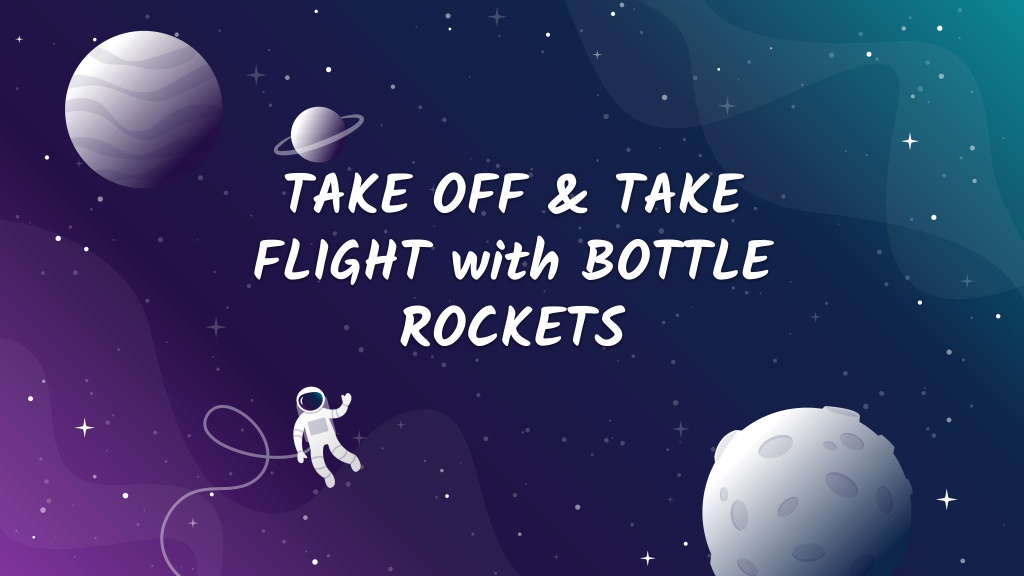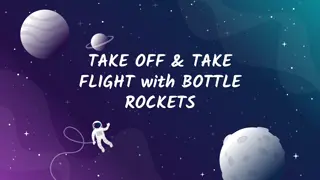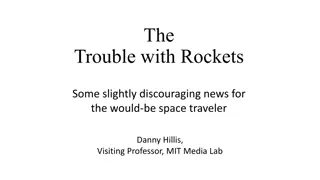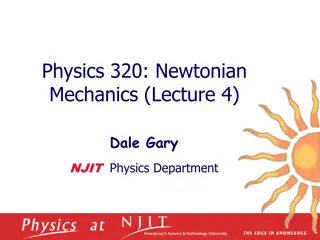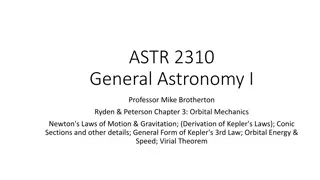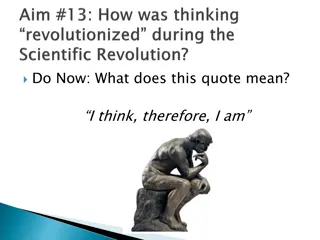Exploring Bottle Rockets: From Chemical Reactions to Newton's Laws
Dive into the world of bottle rockets and discover the science behind their take-off and flight. Learn how chemical reactions between baking soda and vinegar create the propulsion needed for these rockets to soar. Explore Newton's Laws of Motion as they apply to the behavior of bottle rockets in both rest and motion. Witness the exciting launch images and understand the principles of acceleration and force that govern the heights these rockets can reach.
Download Presentation

Please find below an Image/Link to download the presentation.
The content on the website is provided AS IS for your information and personal use only. It may not be sold, licensed, or shared on other websites without obtaining consent from the author. Download presentation by click this link. If you encounter any issues during the download, it is possible that the publisher has removed the file from their server.
E N D
Presentation Transcript
TAKE OFF & TAKE FLIGHT with BOTTLE ROCKETS
Bottle Rocket Review When the baking soda came into contact with the vinegar, already in the bottle, a chemical reaction was initiated that created pressure inside the bottle. The bottle could not contain all of the built up pressure and energy, so it released the energy by forcing the bottle upwards, like a space rocket.
Newtons Laws of Motion 1. An object at rest remains at rest, and an object in motion remains in motion at constant speed and in a straight line unless acted on by an unbalanced force 1. Force is equal to mass times acceleration (F = ma) 1. For every action there is an equal and opposite reaction
1st Law Application At Rest: Forces are balanced. The force of gravity on the rocket balances with that of the launch pad holding it up. In Motion: Thrust from the rocket unbalances the forces. As a result, the rocket travels until it runs out of fuel.
2nd Law Application Acceleration Depends on Mass Acceleration Depends on Force Smaller the mass the smaller force needed to accelerate. An object s acceleration increases as force on the object increases Your rocket will go faster and higher with: 1. Minimize weight Your rocket will go faster and higher with: 1. Faster fluid release 2. Increased pressure inside the bottle
3rd Law Application When fluid escapes the bottle, providing a downwards action force that is accompanied by an equal and opposite reaction force that results in the movement of the rocket in the opposite direction.
CHEMICAL REACTION When baking soda and vinegar react baking soda and vinegar react, it creates carbon dioxide gas. The gas is what causes bubbles and foam when the two ingredients are mixed. This gas builds pressure within the bottle bottle. Once enough gas builds up, the bottle's bottle's opening releases, propelling the rocket forward. rocket
Link to Survey with Do and Snap Picture Challenge!
